Exactly a year ago today, we had our trip to Seoul, Korea. I remembered how excited we were that we kept on eating Korean fast food even before the trip.
Seoul, the capital of South Korea, is a large metropolis and South Korea’s machine for political and economic progression. The city definitely screams fast-paced living, yet unhindered and complemented by its rich culture and tradition, insane phenomenal pop culture, and technological prowess. It is a place where massive complex steel and concrete structures merge with historic and intricate palaces in a land that’s definitely close to nature, being surrounded by hills and mountains.

Colors of Fall
The moment we stepped out of the airport, we realized the lapse in our judgement. We underestimated the weather, it was fall when we went there, brought only thin clothes and light jackets. Daytime was a mix of warm sensation coming from the sun and cold breeze from the wind, at night we were freezing our butts out and even experienced -1 °C adding the strong wind blowing from time to time, wearing 3 layers of clothing were not enough.
From the airport, we were picked up by a taxi service arranged by our host, Hye-Jeong, Kim. We stayed in her loft-style apartment and it was pretty affordable for 5 pax. It also includes a complete kitchen where we cook our breakfast or dinner to save extra bucks. It was also walking distance from train stations, restaurants, and convenience store. I found her apartment through Booking.com
We arrived around 12nn, had our lunch and rest for two hours. Around 3pm, we purchased T-Money (a prepaid transportation card used to pay trains, buses and taxis) and started to wander.

Inside the apartment (please excuse our mess) and a Korean Soju
For our 1st stop, Seoul City Hall. The old building (in front) WAS the city hall and now is used as the Seoul Metropolitan Library. The modern all-glass building? That’s their current city hall. Awesome, right?

Seoul City Hall

From City Hall, we went straight to Deoksugung Palace—one of the “Five Grand Palaces” by Joseon Dynasty—is a compound that walls traditional palace buildings, forested gardens, a statue of King Sejong the Great and the National Museum of Art.

Deoksugung Roof


Junghwamun Gate in Deoksugung Palace

Door details of Junghwamun Gate

Junghwajeon Hall


West Wing of Seokjojeon Hall
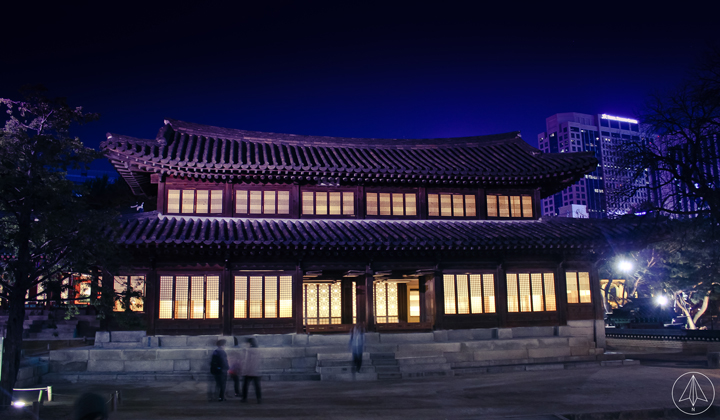
Seogeodang Hall

Jeonggwanheon Hall
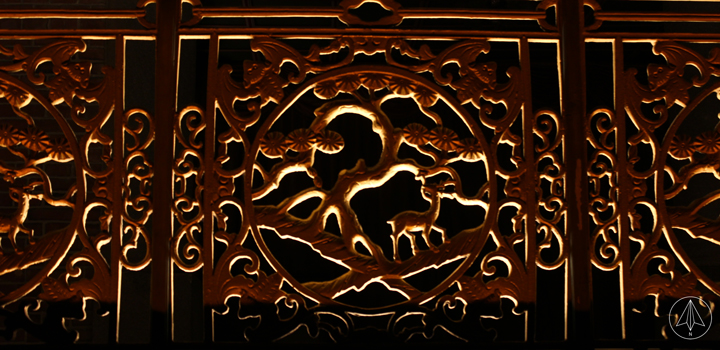
Jeonggwanheon Hall Railing Detail
On our 2nd day, after having our breakfast at the apartment, we walked to Gyeongbokgung Palace to catch the “Royal Guard Changing Ceremony” which happens around 10am. After the ceremony, we roam around the palace and had the chance to see other traditional buildings. Gyeongbokgung Palace is the largest of the “Five Grand Palaces with 14 buildings—which serves as gates and quarters for the kings and queens.

View from the Gwanghwamun Gate

Gwanghwamun Gate
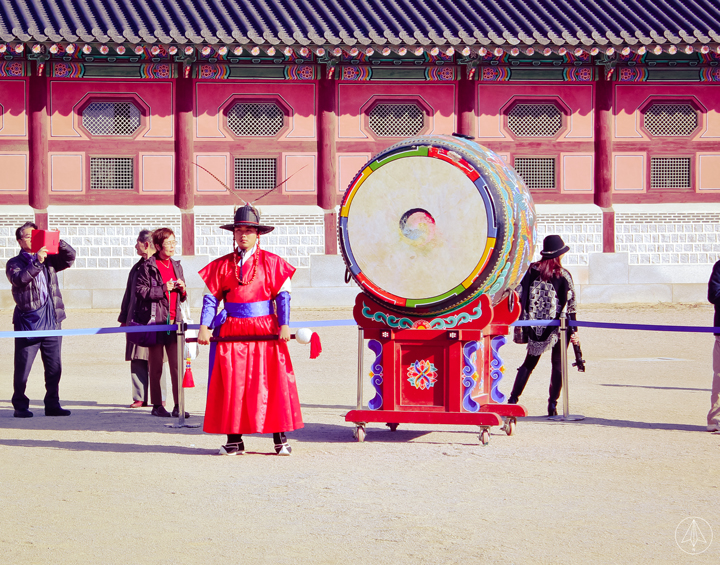
Changing of Royal Guards Ceremony


Royal Guard

Heungnyemun Gate

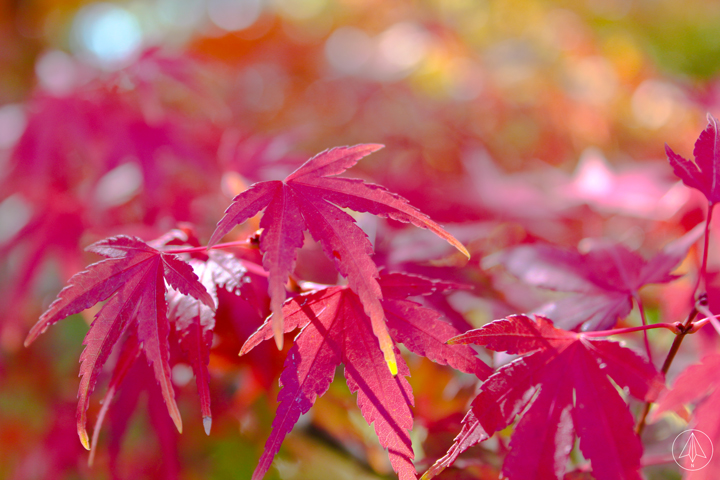



The Pagoda at Gyeongbokgung Palace

Gyeonghoeru Pavilion
After lunch, we headed to Namsangol Hanok Village also known as “A Village of Traditional Houses in the Namsan Valley”. A village where you can experience to be a commoner during the Joseon era.


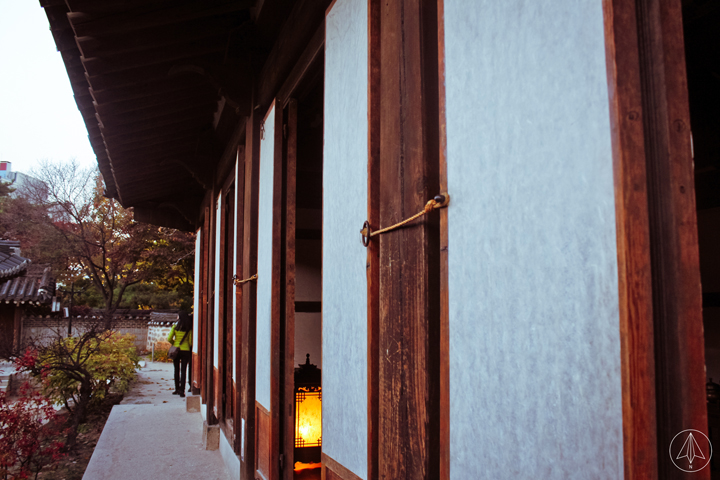
As the night approach, we took a break from traditional buildings and went to Namsan Park and N Seoul Tower. Namsam Park is the largest park in Seoul known for its beautiful walking trails. The park is a very scenic location where you can enjoy and appreciate the panoramic view of Seoul skyline. N Seoul Tower is renowned as a national landmark of the city as it sits in Namsan Mountain.

View from Namsam Park

N Seoul Tower

Love Locks at N Seoul Tower
Our 3rd day in Seoul, We had our last round of traditional buildings. We had our first stop at Unhyeongung Royal Palace, a Korean royal residence turned into a museum.



After experiencing the Royal residence, we headed to Changdeokgung Palace—also one of the “Five Grand Palaces” and is listed as a UNESCO World Heritage as an outstanding example of Far Eastern palace architecture and garden design.

Injeongjeon Hall in Changdeokgung Palace


Seoulmates
And of course, we did not end our heritage tour without going to Bukchon Village. A traditional Korean village that showcases the preserved 600-year urban environment.

A walk to history

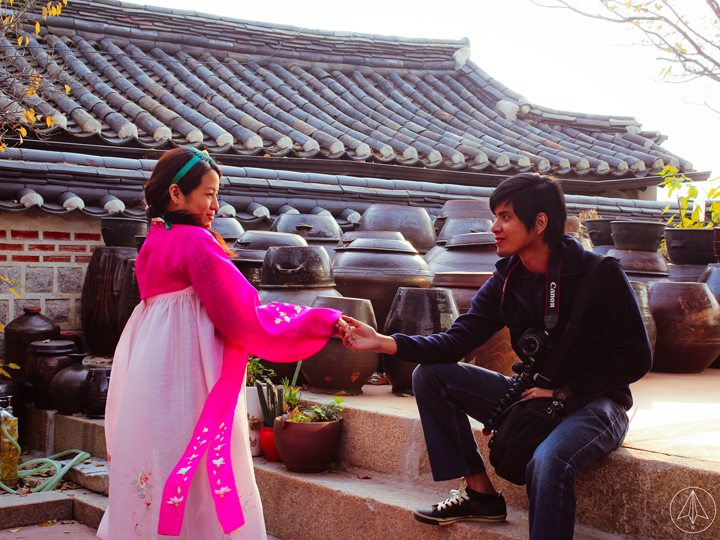
Sorry for the cheese.
On the afternoon, we visited Ehwa Womans University, a modern architecture designed by Dominique Parrault. The building created a new seam that sliced through the topography showing the interior of the campus. We patiently waited for the night just to see the building lit up.

Ehwa Womans University

at night

The monumental stairway
And we capped our architecture adventure night with a major urban development in Seoul—the Dongdaemun Design Plaza. Designed by Zaha Hadid Architects, this neofuturistic architecture became the centerpiece of South Korea’s fashion hub.

Inlove with Zaha Hadid’s Dongdaemun Design Plaza

Dongdaemun Design Plaza at night

Our last day in Korea was spent in Namiseom Island (will post a separate blog entry soon). After getting back from Nami Island, we went straight to Dongdaemun Design Plaza again just because we can’t get enough of it. We also tried to squeeze Cheonggyecheon Plaza in our last night, sadly, we were too late and we didn’t get the chance to enjoy and appreciate the plaza but at least we were able to see some of the Seoul Lantern Festival entries displayed at Cheonggyecheon stream.




Seoul is as charming as its people, as satisfying as its food and as interesting as its culture. It’s impossible you will not fall in love in Seoul.
You may check out http://english.visitkorea.or.kr/ to know more about the schedules, admission fees,address and other information of the attraction you would like to visit.
Photos taken: November 2014
by:


Love your blog!
Thanks so much!
Very good website – bookmarked
Thank you!